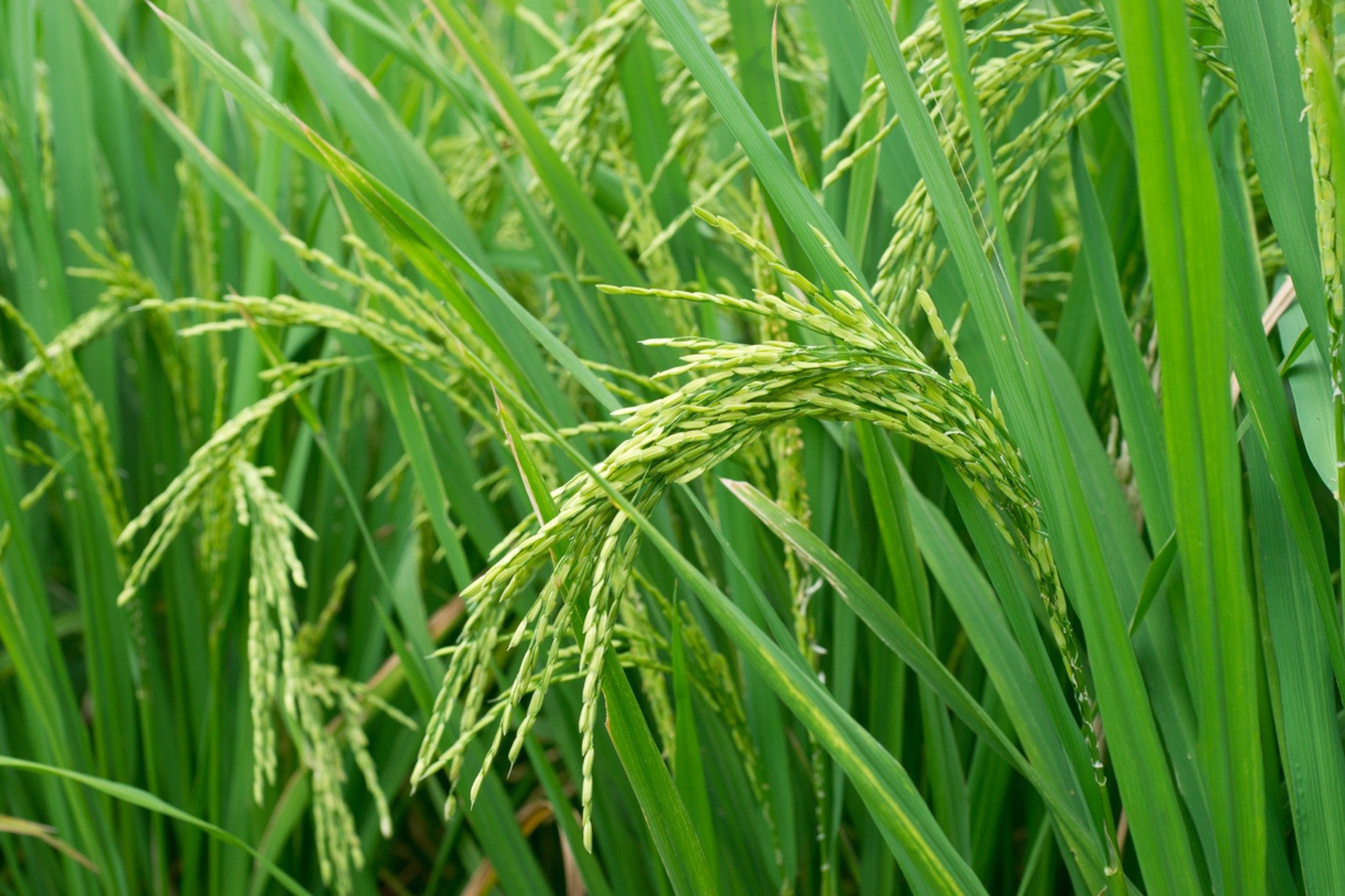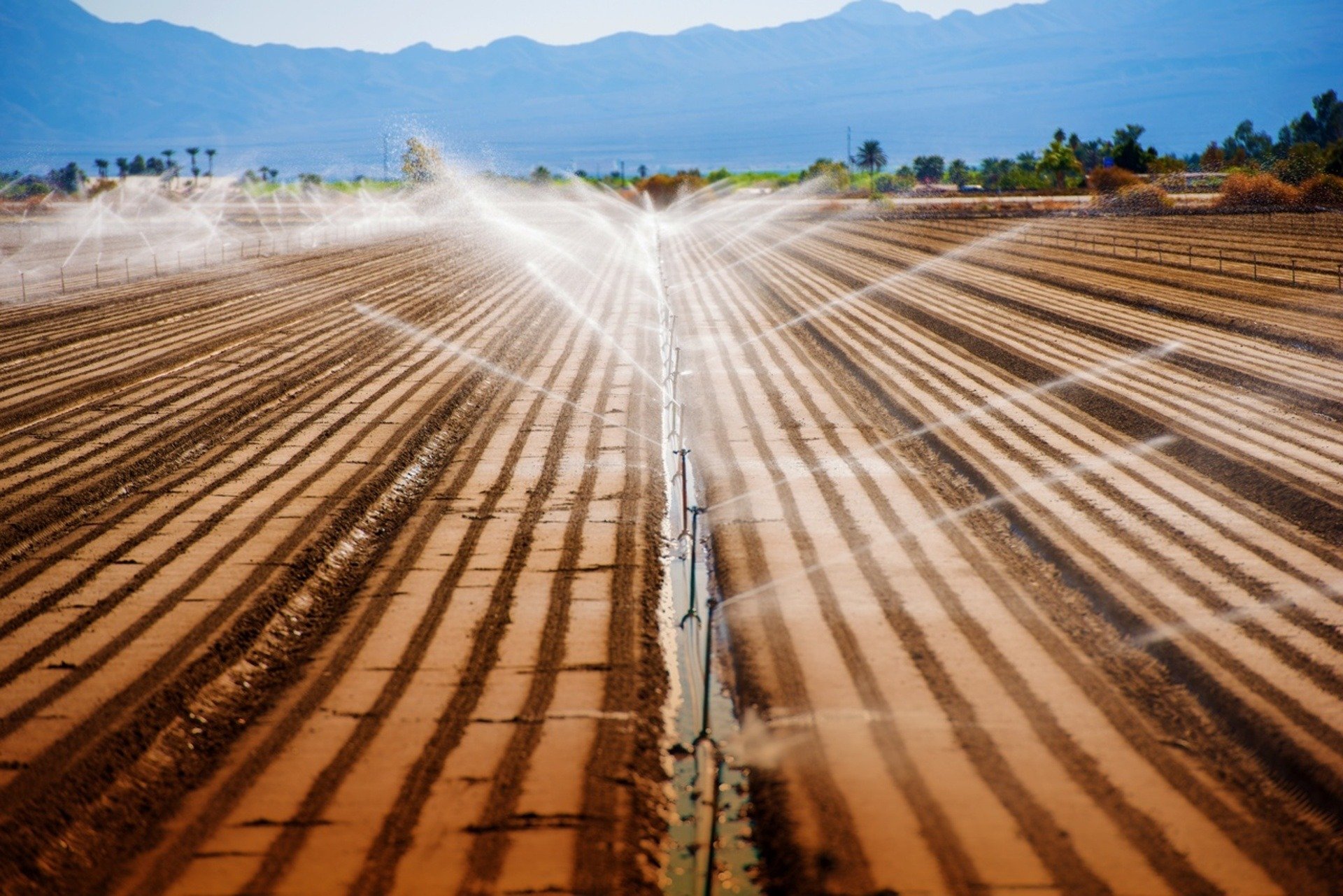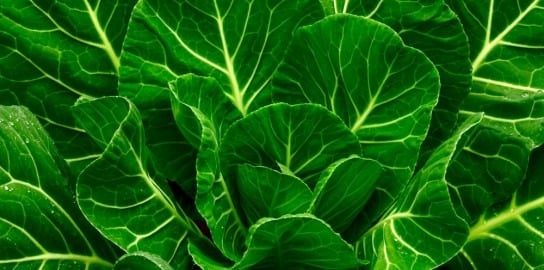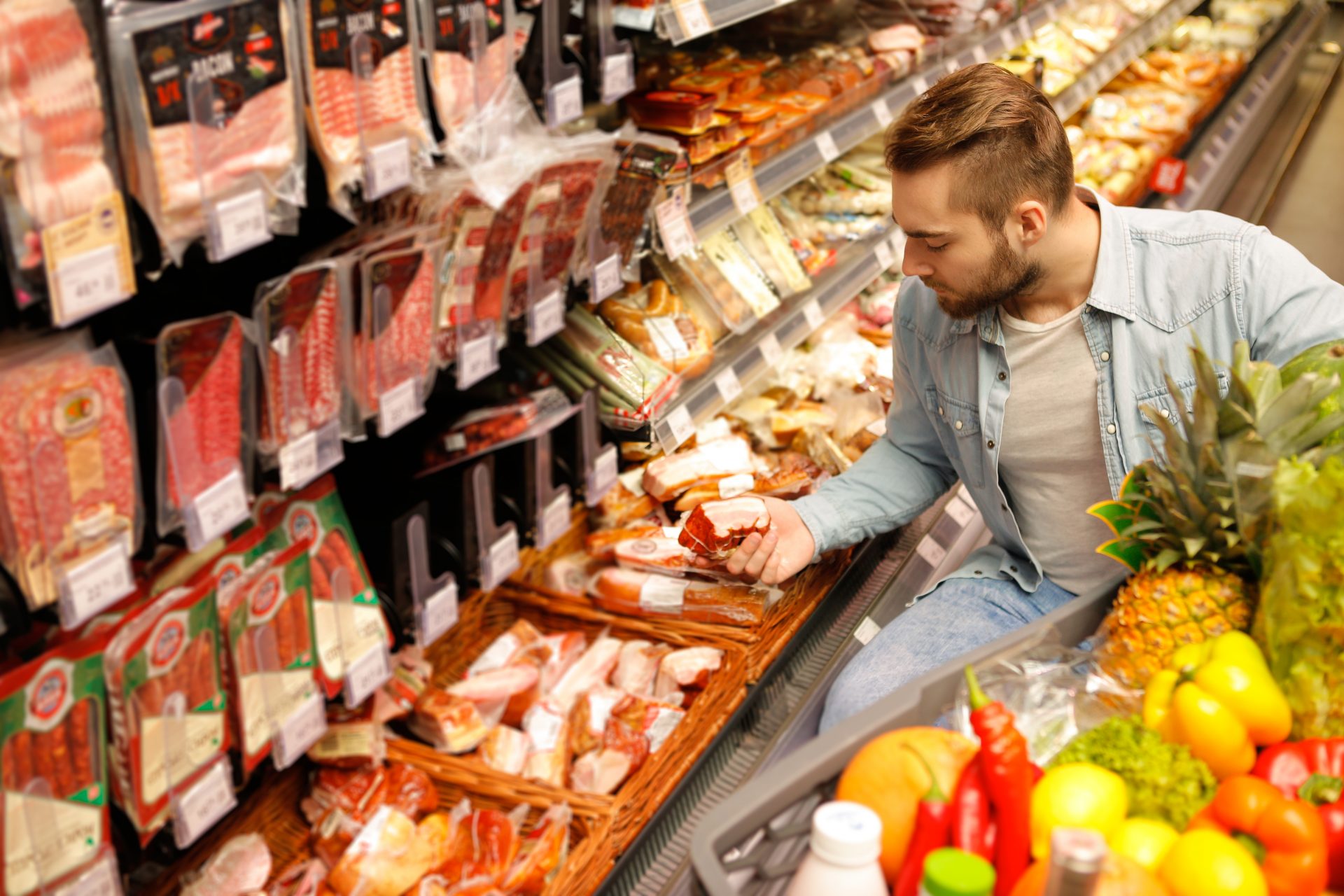What You Need to Know About the Environmental Impacts of Rice Production
Rice, in its many shades and sizes, is one of the world’s most important foods.
It recently surpassed wheat as the third largest crop in the world, provides one fifth of the calories consumed worldwide, and is the foundation of culturally important dishes on virtually every continent, from sushi in Japan to biryani in India to galinhada in Brazil. And while today Americans eat less than most people, it is woven into our foodways in significant ways.
“For many of us Southerners, no other ingredient tastes this much like home. At the same time, rice is absolutely a global food,” culinary historian Michael Twitty explains in his 2020 cookbook, Rice. “From enslaved people from West Africa, to Vietnamese and Kurdish refugees, to Canary Islanders and Italians, those who brought rice dishes from their homelands with them to the South also embodied narratives laden with struggle and survival, migration, movement, and family tradition.”
Whether rice is part of your most treasured family traditions or is simply one of the staples you keep on hand for easy weeknight meals, here’s what you need to know about where and how it’s grown and its environmental impacts.
What Rice Production Looks Like
The vast majority of the world’s rice is grown in Asia, with China and India vastly outproducing all other countries. Rice production in the US barely registers in comparison, but it is still primarily grown at a large scale on commodity farms in a cluster of states in the mid-South and on the Gulf Coast — Arkansas, Louisiana, Mississippi, Missouri, and Texas — and in California. In 2020, about 3 million acres of rice were harvested.
Jarrod Hardke grew up on a rice farm, grows rice, and is a rice extension agronomist at the University of Arkansas System Division of Agriculture. He said that Arkansas and surrounding states are particularly suited for farming the crop thanks to the lowland landscape, soils that are conducive to holding water, and the right climate. And while vast expanses separate that growing region from California and especially Asia and there are nuances within systems, in terms of how most large-scale commercial farmers are growing the crop around the world, “When you boil it down, it’s very similar,” he said.
Typically, the plants are densely seeded in fields that are kept flooded throughout the entire growing season. Hardke said in Asian countries, seedlings are often planted into flooded fields.
in California, planes drop seeds into flood fields, and in Hardke’s region, farmers typically “drill” seeds into dry fields and then flood them after the plants have germinated.
In Arkansas, most farmers grow rice in rotation with other commodity crops, primarily soybeans and then some corn, cotton, and other grains like sorghum. Only about 10 percent of the acreage stays in rice all the time. “There is some ground that is so flat and so low-lying that it stays so wet so much of the year, it’s not really conducive to anything other than rice, which will tolerate those conditions,” he explained.
This kind of conventional rice production involves inputs that mimic other commodity systems — seeds treated with pesticides before planting, synthetic nitrogen fertilizer, and pesticide applications mainly to kill weeds and occasionally insects.
Organic rice farms typically grow the crop in flooded field systems that resemble conventional production but eliminate the use of chemical fertilizer and pesticides and incorporate a combination of practices including rotations, tillage, cover crops and water use to control weeds. In the US, these farms are few and far between. In 2017, there were just 114 farms growing rice organically on 40,000 acres, and 107 of those farms were in California.
An entirely different agroecological approach to growing rice called System of Rice Intensification (SRI) also exists and has been increasingly adopted by smallholder farmers who grow rice on just a few acres for their families and local communities in Africa, Asia and Latin America. With SRI, farmers do not keep fields flooded and they focus on building soil fertility with compost and other organic amendments. They plant rice less densely in rows, giving each plant more space to grow and generally leading to much higher yields per plant. “It’s a very different approach,” says Erika Styger, who has been leading research projects on SRI for 15 years and is the associate director of climate-resilient farming systems at Cornell University. “[Commodity rice production] is an input-based model. SRI is more about: What do the plants actually need, and how do we adjust our practices so that we have a healthy, productive plant?”
While Styger and other researchers and farmers are working on ways to mechanize more aspects of SRI, the system is currently incredibly labor intensive and therefore doesn’t make sense for farmers growing on more than a few acres.
Rice Production’s Environmental Impacts
With commodity rice, there are two main environmental impacts to consider: methane emissions and water use.
In terms of greenhouse gas emissions from staple foods, rice has one of the smallest footprints per ton of protein and is much more efficient than any animal-based food. However, microbes in flooded rice paddies produce methane, some of which is emitted into the atmosphere. And since we grow so much rice around the world and methane is such a powerful greenhouse gas, experts say reducing those emissions is important. Project Drawdown estimates that rice cultivation is responsible for about 10 percent of global greenhouse gas emissions from agriculture and that shifting rice production to a set of practices that cut methane could have significant impacts.
In addition to reducing tillage and breeding rice varieties that emit less methane, the most effective methods for reducing methane emissions include various practices that reduce the amount of time fields are flooded, including furrow irrigation and alternate wetting and drying (AWD). Some studies have shown reducing floods comes with a tradeoff in the form of increased nitrous oxide emissions, but overall research shows that because systems like AWD reduce methane emissions so efficiently — up to 90 percent — it still adds up to a net decrease in emissions, “as long as excessive nitrogen is not introduced through high doses of fertilizer.”
In the US, farmers have increasingly been implementing these practices. “There has definitely been a more concerted effort, especially within the last 10 years or less, as far as a focus on…essentially flooding the field but not trying to maintain as deep of a permanent flood, pumping it up to a level and then allowing it to naturally subside…and generally speaking, that allows you to capture more rainfall,” Hardke said, explaining that many farmers in his region are also reducing water use by shaping land to be able to manage floods more efficiently and by using systems that capture and reuse water, like reservoirs and tailwater recovery (reusing irrigation and storm water runoff).
That’s important because water use is the other big factor. In California, a state ravaged by drought, rice is one of the most water-intensive crops grown.
Beyond emissions and water use, more conventional rice farmers are reducing tillage to conserve soil than in previous years, but commodity production still involves chemical inputs like synthetic nitrogen fertilizer, herbicides and treated seeds, some of which are coated with neonicotinoids, a class of systemic insecticides that are toxic to pollinators and which research is now showing have negative impacts on entire ecosystems.
Is Organic Rice a Better Alternative?
In the South, there are almost no farms attempting to grow rice organically, which Hardke says is mainly because weed and pest pressure is so high in the humid region. But it can be done: 4Sisters grows organic rice in Louisiana, and McKaskle Family Farm produces organic rice in Missouri for buyers like Chipotle.
In California, organic rice is much more established, with big-name brands like Lundberg Family Farms in operation since 1937. Production is concentrated in the Sacramento Valley, where Greg Massa and Raquel Krach run Massa Organics, a 250-acre regenerative, diversified farm, where sheep graze cover crops in rice fields and almond orchards to deposit manure and build soil health.
Massa is a fourth-generation rice farmer and he and Krach are also in the process of transitioning 300 additional acres of family land to organic. “If you’re growing conventionally, there’s pretty much a recipe book. You put this amount of nitrogen on, you spray it with this at these times, and harvest at this stage,” he explains. “With organic, you’ve got to throw all of that out the window.”
Chemical fertilizers and pesticides are not used, so runoff and other ecosystem impacts are eliminated. But controlling weeds is difficult, and Massa and Krach use practices like cover crops, rotations and manipulating water in the fields. For example, a deep flood can kill some weeds, while drying out the field can kill aquatic weeds.
In general, flooded fields are even more important in organic, which could lead to increased water use and therefore methane emissions. But farms like Massa Organics and Lundberg are constantly experimenting with methods of reducing those impacts.
“We’re looking at alternative irrigation methods that may reduce water usage and would also reduce the amount of methane that’s produced in rice fields, and maybe discourage some weeds,” Massa said, like drip and sprinkler irrigation systems. At Lundberg, the team has been experimenting with drying fields out in various ways using variations on AWD; they’ve also chosen to grow rice varieties with shorter growing seasons during years when water was most scarce, thereby reducing water use and potentially cutting greenhouse gas emissions.
Plus, regenerative systems like Massa and Krach’s incorporate practices like cover crops and grazing that improve soil health and therefore have the potential to hold carbon in the soil.
The Impacts of SRI
But when it comes to climate-resilient farming, Styger is convinced SRI is the most effective system, and most SRI farmers follow organic methods in terms of eliminating chemical fertilizers and pesticides.
Over the past 30 years, a body of research has been established that now consistently shows SRI increases yields and decreases the use of inputs like seeds, water and chemicals. In a research project Styger led in 13 countries in West Africa that involved 50,000 farmers, her team found that, compared to conventional production, SRI increased yields by 56% in irrigated systems and 86% in rainfed systems. Studies also show SRI can reduce water use by 25-50 percent and reduce greenhouse gas emissions by 50 percent per kilogram of rice produced.
“There’s a synergy that’s created between the different principles,” Styger explains. Early, healthy plant establishment, reduced plant competition provided by spacing, improved soils that support the plants, and water management work together in a system that draws inspiration from nature’s interconnected processes.
It is primarily used by farmers growing for family or local consumption (although Lotus Foods does aggregate and sell some SRI rice grown around the world), but in Styger’s mind, the fact that the labor currently required in SRI makes it impossible for farms with hundreds or thousands of acres like Massa Organics to adopt is not evidence that it won’t work, it’s a call to action. “We have the knowledge that it can be done,” she said, and her team is working on approaches to mechanization that include experimenting with machinery used in vegetable cultivation.
In the US, a handful of small farms are experimenting with SRI techniques in dryland rice systems. Purple Mountain Organics and Next Step Produce in the Mid-Atlantic have been doing it for years, along with Blue Moon Acres in the Northeast. In collaboration with the non-profit Jubilee Justice, Styger’s latest project is working with Black farmers in the South to develop SRI systems that perform well where they’re growing, in Louisiana, Mississippi, Georgia, and South Carolina.
“We work with nine farmers right now, and each farmer has a slightly different setup. They have different mechanization levels and different preferences,” she explains. “This year, we started out with trialing different things to see what works and what doesn’t work.” Eventually, they plan to sell the rice in collaboration with Lotus Foods.
In the end, one sustainable system for growing rice may look very different from another, depending on the local climate and scale. For the shopper trying to support more sustainable rice production, a label might not provide all of the answers, but understanding what organic, SRI, and improved conventional systems look like can help you seek out farms and brands that talk about how they’re implementing those practices. And overall, improving production practices with a crop as important as rice from a variety of angles will not only reduce its negative environmental impacts but will contribute to long-term climate resilience and food security.
Get the latest food news, from FoodPrint.
By subscribing to communications from FoodPrint, you are agreeing to receive emails from us. We promise not to email you too often or sell your information.
Top photo by lunamarina/Adobe Stock.
More Reading
A new report envisions federal food spending as a force for good
January 3, 2024
Looking ahead: Our 8 predictions for the top food and agriculture stories in 2024
December 20, 2023
Commit to sustainable habits with our Reduce Your Foodprint Challenge
December 18, 2023
The biodiversity crisis is about more than genetics
October 24, 2023
What does the expanding PFAS crisis mean for the food system?
September 12, 2023
Why Heirloom Seeds Matter
August 18, 2023
Small Farmers in Post-Flood New England Are Starting to Rebuild, but Climate Extremes Are Here to Stay
August 17, 2023
Georgia’s Peach Crop Loss Is About More Than Just Fruit
August 7, 2023
Can We Really Eliminate Invasive Species by Eating Them?
July 19, 2023
Learn About the Fight for Values-Based Food Purchasing — and Recommendations From a New Report
July 10, 2023




